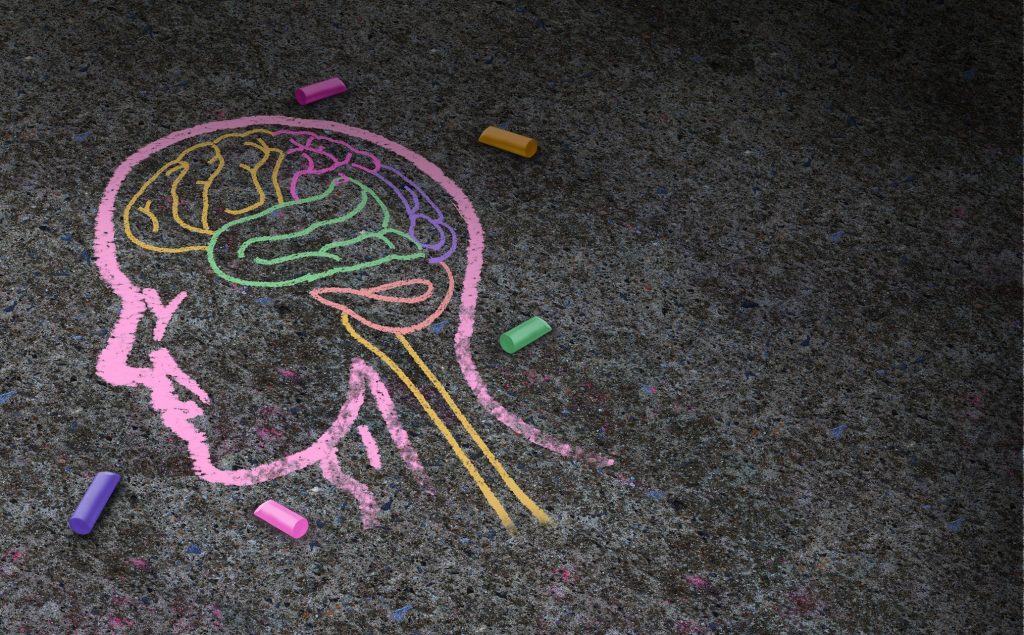
What is ADHD (Attention deficit hyperactivity disorder)?
ADHD is defined by the world health organization as a pattern of inattention and/ or hyperactivity/ impulsivity. So no, it’s not just the kids that are bouncing off the walls. ADHD can impact all aspects of life, relationships, work/ school and many more. Statistics taken from May 2025 show that over 2 million people in England are said to have ADHD (diagnosed and undiagnosed) that number is growing year on year. Some people have said this is over diagnosed, others say we are just more aware of this now. What do you think?
ADD/ ADHD
ADD and ADHD – are both known as attention deficit disorders and at times these words have been used interchangeably. However the term ADD is no longer used formally. ADD was used to describe just the inattention variant of ADHD.
What is ADHD?
How do we see this behaviour in our children and how do we know if ‘all kids do that’ or ours are a little different?
Look at up to date information from trusted websites like NHS, local councils, trusted charities or professionals that have a lot of knowledge around the subject. Don’t be deterred by the people down the road or that old school teacher that says ‘only boys have ADHD’. You can ask for another teachers opinion for example a SENCO*
It is said that ADHD is genetic, do other members of your family also show traits or have they been offically diagnosed? Don’t forget this can be important to mention if your aim is to be refered for ADHD assessment.
When faced with a list of traits, it can be overwhelming, and it can be difficult depending on the age of the child. You wouldn’t expect a 2 year old to be organised and/or worry that they are ever so forgetful, however when these children get older it can be easier to see certain traits mature. All children are different, they may or may not show every trait on the list.
Hyperactive/Implusive and Inattentive and combined types of ADHD.
There are 3 types of ADHD, hyperactive/ implusive, inattentive and a combination of the two. When looking at traits of ADHD, do consider all types as combination is said to be the most common type.
Co-morbidities
ADHD, like other neurodiversities is known to commonly occur with other conditiones such as mood disorders, oppositional defiant disorder (ODD), bi-polar, learning disabilities and others. While this can be scary to hear, learning about these (other often linked conditions) can help you understand your child more.
Over the years I have often thought is this a ADHD trait or just another fun challenge of pre-teen years. Lucky me. Until I read this book ‘How not to murder your ADHD kid’, turns out I am not going mad. Many of my daily stuggles with chilli1 are due to her ADHD, which still gets me right in the gut. I often think about lending this to her teachers so they they may understand her better. Hey ho!
From our spicy family to yours x
* ADD- Attention deficit disorder
* SENCO- Special educational needs coordinator. All mainstream schools in England are legally required to have a named SENCO you can ask for advice.



1 Comment
Emma · June 13, 2025 at 2:22 pm
I love this, really informative